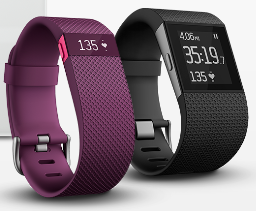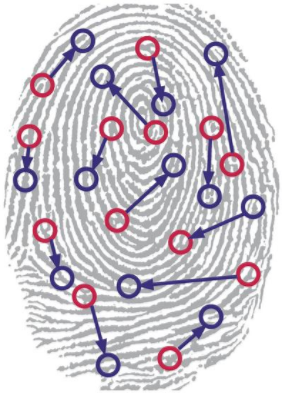No New Trial for Defendant After Carpenter Ruling Because of “Good-Faith” Exception: eDiscovery Case Law
In U.S. v. Leyva, No. 16-cr-20723 (E.D. Mich. Nov. 26, 2018), Michigan District Judge Mark A. Goldsmith, while acknowledging that the ruling in Carpenter v. United States (which held that the government must obtain a warrant before acquiring cell site location information (“CSLI”)) “applies retroactively” to the defendant’s case, ruled that “the question of whether a constitutional right is retroactive is distinct from the question of whether an individual is entitled to a remedy from any constitutional violation”. Citing the “good-faith” exception, where law enforcement acts in good faith in obtaining evidence that is ultimately found to have been obtained in violation of an individual’s constitutional rights, Judge Goldsmith denied the defendant’s motion for a new trial on the basis of Carpenter.
Case Background
The defendant was charged with conspiracy to possess, and attempted possession of, heroin. At her trial, the Government introduced, among other evidence, location information from three cell phones. The CSLI evidence showed that two of the phones traveled between Detroit and Columbus in late October 2016, and that the other phone traveled between Michigan and Texas in spring 2016. The Government used this evidence in an attempt to show that Leyva was participating in a drug-trafficking conspiracy and the jury returned its verdict on June 7, 2018, finding the defendant guilty on both counts.
After the Supreme Court ruling in Carpenter on June 22, 2018, the defendant then filed an instant motion pursuant to Federal Rule of Criminal Procedure 33(a), arguing that the CSLI evidence introduced at her trial was inadmissible and, therefore, a new trial was required.
Judge’s Ruling
Judge Goldsmith noted that “The parties do not dispute that the warrantless search of Leyva’s cell phone records violated her Fourth Amendment rights. Evidence obtained in violation of an individual’s Fourth Amendment rights may be subject to exclusion at trial. However, because “`exclusion exacts a heavy toll on both the judicial system and society at large,’ not all violations of the Fourth Amendment result in the exclusion of evidence.” United States v. Fisher.”
Judge Goldsmith continued: “One exception to the exclusionary rule is the “good-faith” exception, where law enforcement acts in good faith in obtaining evidence that is ultimately found to have been obtained in violation of an individual’s constitutional rights. The Supreme Court has ‘said time and again that the sole purpose of the exclusionary rule is to deter misconduct by law enforcement.’”
Judge Goldsmith stated that “Leyva argues that Carpenter should be applied retroactively to her case, citing Linkletter v. Walker, 381 U.S. 618 (1965) and Griffith v. Kentucky, 479 U.S. 314 (1987). The Court agrees that Carpenter applies retroactively to her case. But the question of whether a constitutional right is retroactive is distinct from the question of whether an individual is entitled to a remedy from any constitutional violation.” Noting that “the Government argues that it relied on the then-valid SCA, as well as the Sixth Circuit’s decision in United States v. Carpenter, 819 F.3d 880 (6th Cir. 2016), in obtaining the CSLI for the three cell phones. It contends that the good-faith exception should apply to permit the introduction of this evidence at Leyva’s trial”, Judge Goldsmith stated “The Court agrees” and denied the defendant’s motion for a new trial.
So, what do you think? Should the “good-faith” exception enable CSLI evidence acquired before the SCOTUS Carpenter ruling to remain admissible? Please let us know if any comments you might have or if you’d like to know more about a particular topic.

Case opinion link courtesy of eDiscovery Assistant.
Sponsor: This blog is sponsored by CloudNine, which is a data and legal discovery technology company with proven expertise in simplifying and automating the discovery of data for audits, investigations, and litigation. Used by legal and business customers worldwide including more than 50 of the top 250 Am Law firms and many of the world’s leading corporations, CloudNine’s eDiscovery automation software and services help customers gain insight and intelligence on electronic data.
Disclaimer: The views represented herein are exclusively the views of the author, and do not necessarily represent the views held by CloudNine. eDiscovery Daily is made available by CloudNine solely for educational purposes to provide general information about general eDiscovery principles and not to provide specific legal advice applicable to any particular circumstance. eDiscovery Daily should not be used as a substitute for competent legal advice from a lawyer you have retained and who has agreed to represent you.







